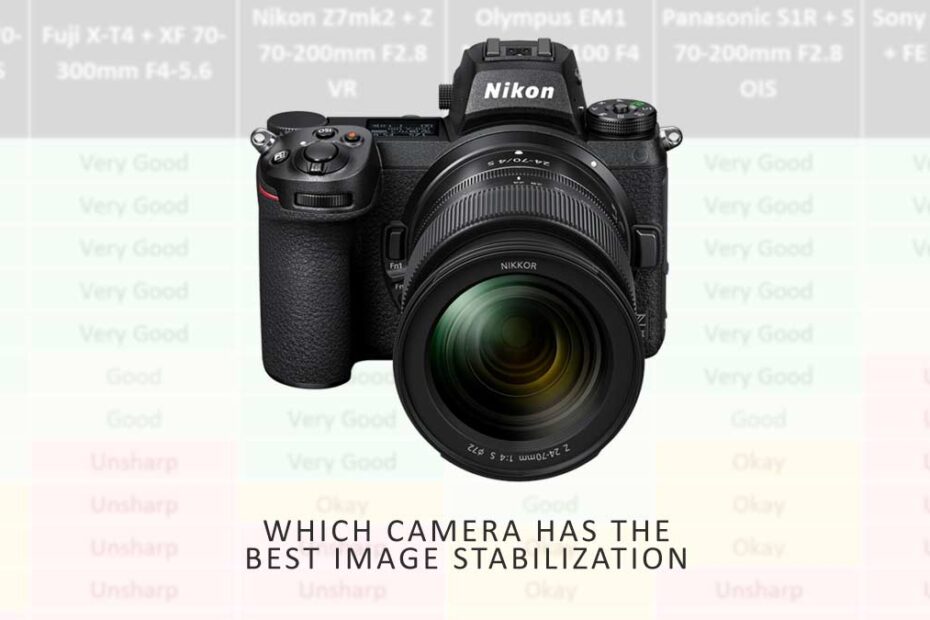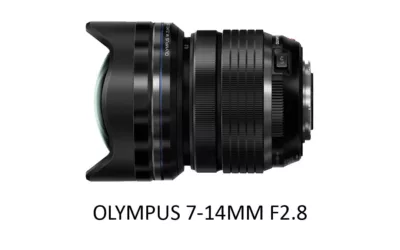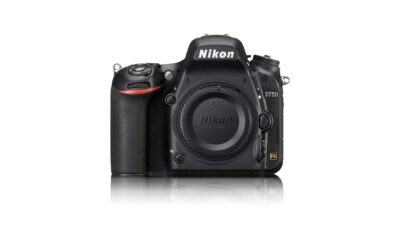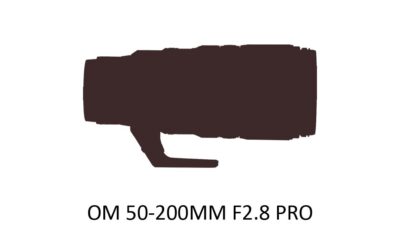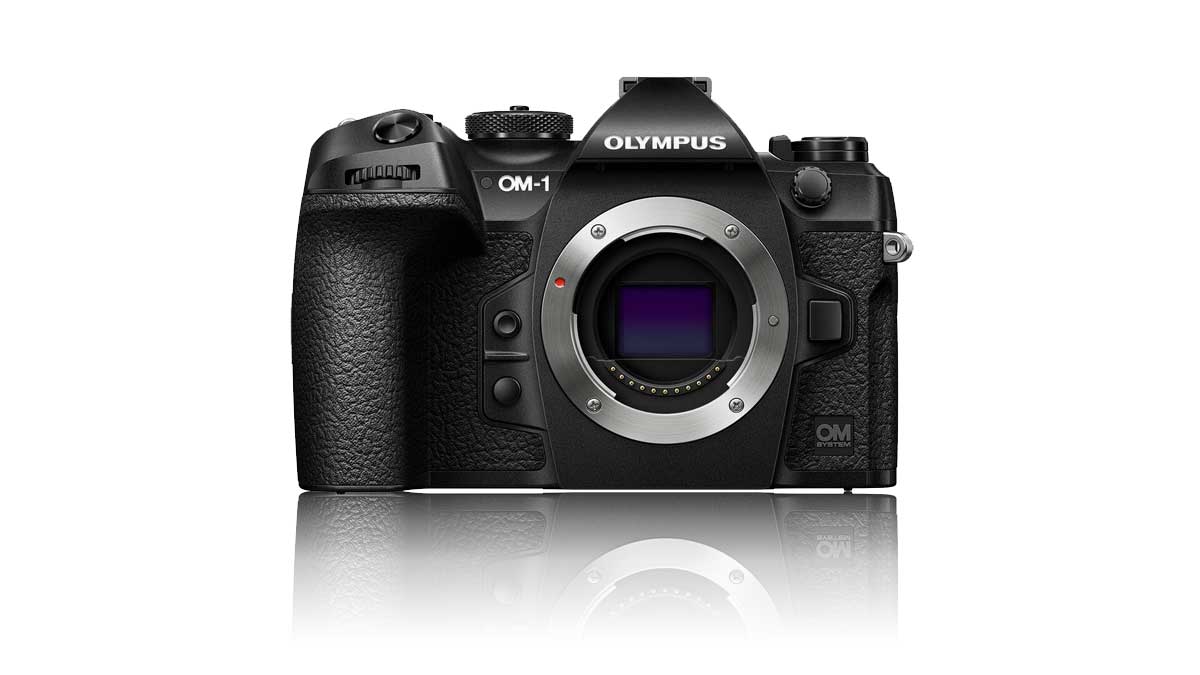Want to know which camera has the best image stabilization? Well, so does Germany’s Foto magazine. In its August edition, Foto compared six of the best cameras, including the Nikon Z7mk2, Canon R5, and Fuji X-T4, to find out which had the best image stabilization.
And the results were interesting indeed. While the eventual winner vastly exceeded its manufacturer’s own specifications, the remainder fell short. So, which is best, and how much should you trust the manufacturer’s claims? Jump to Conclusion
Table of Contents
- What is image stabilization?
- Which camera has the best image stabilization
- Are manufacturer’s claims reliable?
- Conclusion
What is image stabilization?
Image stabilization works by counteracting the natural, involuntary movement of your hands that causes you to shake your camera and blur your photos. Read What is Camera Shake and the Reciprocal Rule
The effectiveness of image stabilization is measured in Stops, and more Stops is better. For instance, if the slowest shutter speed you can hold a camera steady is 1/100th of a second, 1-stop of image stabilization will enable you to half the shutter speed to 1/50th of a second and still get a sharp photo. Read What are Stops in Photography.
The advantage of image stabilization is that you can use abnormally low shutter speeds to take sharp photos of static scenes and subjects in low light while keeping your image-degrading ISO low and reducing your reliance on tripods.
Which camera has the best image stabilization
The Nikon Z7 mark 2 delivered the best image stabilization of the six cameras tested. In fact, it exceeded its 5.5-stop specification by delivering 7-stops worth of shake compensation.
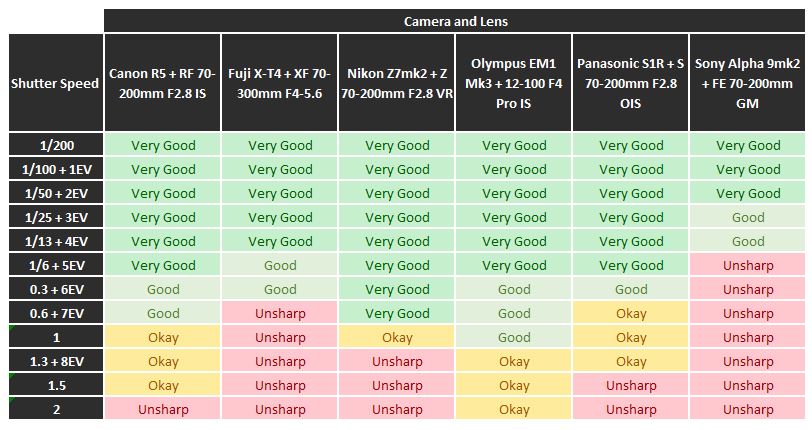
However, after 7-stops, the Nikon Z7 quickly runs out of steam, becoming unsharp at 8 stops. In contrast, the Olympus OM-D M1 Mk 3 continues to deliver reasonably effective stabilization beyond 8.5 stops.
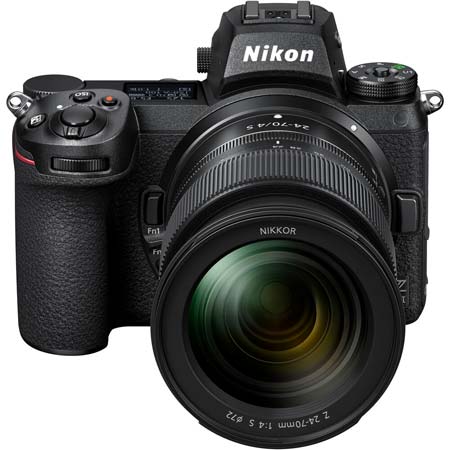
In the middle of the pack are the Canon R5, Fujifilm X-T4, and Panasonic S1R. Of the 3, the Canon R5 performs best. However, all three cameras offer excellent image stabilization up to 5 stops.
And that leaves us with the Sony A9 mark 2. The A9 began to struggle after just 2-stops despite its 5.5-stop rating.
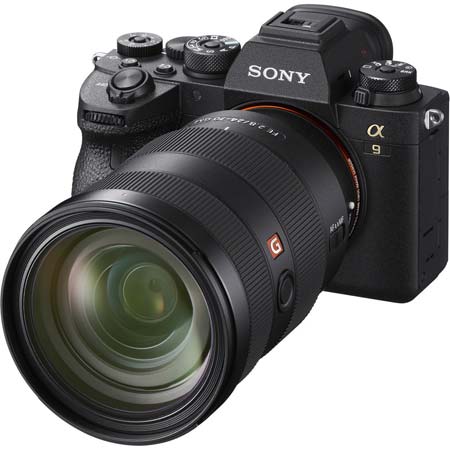
In fact, aside from the Nikon, none of these cameras could meet their manufacturer’s specifications. So, are manufacturers lying to you? As the old saying goes, nope.
Are manufacturer’s claims reliable?
You should take a manufacturer’s claim with a pinch of salt when it comes to image stabilization. Not because they are lying to you, but because each manufacturer tests the effectiveness of their stabilization systems using different lenses.

For instance, the Canon R5’s image stabilization system is rated for 8-stops. However, this figure is specific to shooting at 105mm using the optically stabilized RF 24-105 F4 kit lens.
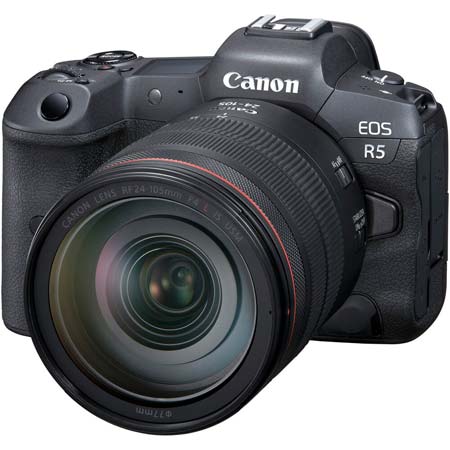
In fact, Canon and Olympus are the only manufacturers in this test who advertise the effectiveness of their camera’s in-body image stabilization system using optically stabilized lenses.
In contrast, Fuji measured the X-T4 using the non-stabilized XF 18mm. Panasonic preferred to bench the S1R with a 50mm lens. And Nikon measured the Z7’s image stabilization system at 70mm using the non-stabilized 24-70mm F4 lens that comes with the camera.
It’s also interesting that manufacturers test their cameras using different focal lengths. Perhaps, the Canon R5’s image stabilization system is optimized for longer focal lengths, while the Fuji X-T4 is a better fit for those who prefer to shoot wide.
Conclusion
Overall, I can draw two conclusions from Foto’s image stabilization test. First, it’s unwise to take the manufacturer’s image stabilization ratings for granted.
Secondly, someone needs to tell Nikon’s marketing team the Z7’s image stabilization is better than advertised.
In fact, the modestly-marketed Nikon Z7 Mk2 is the only camera here that offers peak image stabilization beyond 6-stops, thus winning this particular test.
And while the Z7’s image stabilization becomes ineffective after 7 stops, the Olympus OM-D M1 Mark 3 continued to be somewhat effective beyond 8.5 stops.
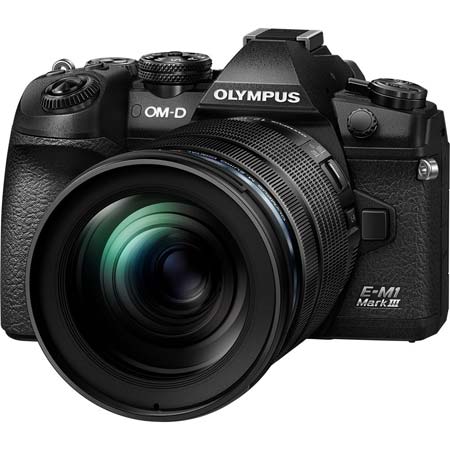
But if we take a look at the test as a whole, it becomes clear how far image stabilization has come. To get reliably sharp results at 5-stops is impressive enough, but the potential to get sharp enough photos beyond 7-stops is spectacular.
Overall, Foto magazine’s test is hugely insightful, particularly if you plan to pair your camera with the lens Foto used in the test. However, you should expect different results with different lenses. But in broad terms, it seems that 5-stops of image stabilization is now the least we can expect. And that ain’t bad at all.
Whats the best image stabilization you have used? Comment below
